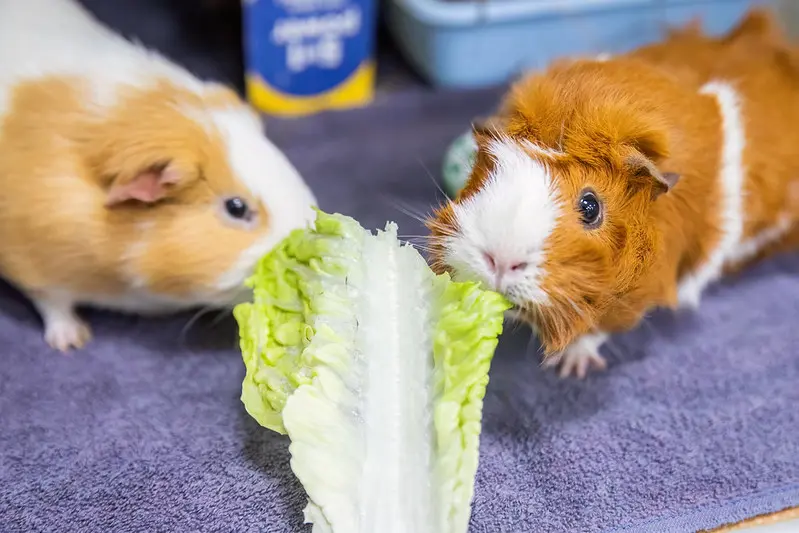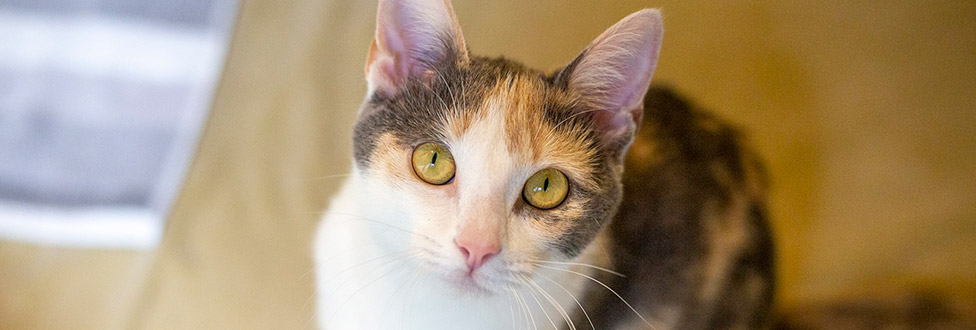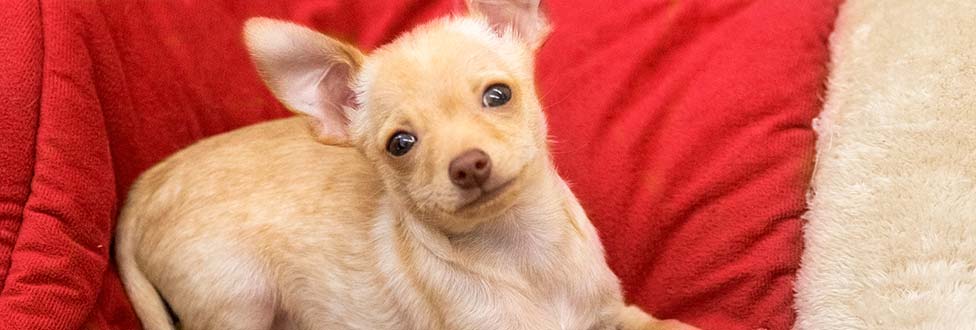March is Adopt A Rescued Guinea Pig Month!
There’s more than just cats and dogs at ARL
Many people assume that animal care & adoption centers only have cats and dogs, but here at the Animal Rescue League of Boston (ARL) we have a knowledgeable staff and are able to accommodate a variety of animals including guinea pigs.
And they are just waiting for to find their perfect match!
If you’d like to adopt a guinea pig (or other small animal) from the ARL, make sure to bring a photo of the cage that your new pet will live in to make sure it’s a good size and shape for a guinea pig.
Just like any other pet, guinea pigs require special care and attention. Familiarizing yourself with their daily and long-term needs before adding one to your family is also an important step in the adoption process.
Guinea pigs can make great companions for both first-time or experienced pet owners, however they require a bit of patience and a gentle hand.
Once they are comfortable with you and their new surroundings, their personalities really shine through!
Guinea pig care tips (PDF)

Adopt a Rescue Guinea Pig Month Fun Fact
Guinea pigs communicate through a variety of behaviors and sounds. These small animals will make a squealing or whistling sound, for example, to communicate anticipation or excitement–usually before they eat! Meanwhile, a deep sounding purr indicates your guinea pig is comfortable and content.



